"Patrick Holden, a farmer in Wales, exemplifies a growing movement in agriculture—a return to traditional, nature-friendly practices aimed at rebuilding soil health and combating climate change. His methods highlight the potential of regenerative farming to sequester carbon and restore biodiversity."
Patrick Holden's farm in Wales serves as a living example of the regenerative farming movement. By focusing on practices like cover cropping, minimal tilling, and diverse crop rotations, Holden has transformed his land into a thriving ecosystem. This approach not only supports biodiversity but also helps combat climate change by sequestering carbon.
A New/old Path to Sustainability
Holden's farm is a testament to the idea of "farming in harmony with nature." By growing oats and peas in rotation with grassland, he not only enhances soil fertility but also produces feed for his grass-fed cattle and pigs. The animals' manure, in turn, nourishes the soil, closing the nutrient cycle.
Biodiversity Flourishes
Holden's fields are teeming with life—bumblebees, butterflies, and small mammals thrive alongside his crops and livestock. This biodiversity is a result of his commitment to mimicking natural ecosystems and fostering a healthy environment on his farm.
Carbon Farmers
One of the most significant impacts of regenerative farming is carbon sequestration. By enhancing soil health, farmers like Holden are able to draw down carbon dioxide from the atmosphere and store it in the ground—a crucial step in mitigating climate change.
Challenges and Opportunities
While regenerative farming shows great promise, there are challenges to widespread adoption. Farmers may initially experience lower yields during the transition period, and accurately measuring carbon sequestration remains a technical hurdle. However, with support and incentives, regenerative practices could revolutionize agriculture and contribute significantly to climate action.



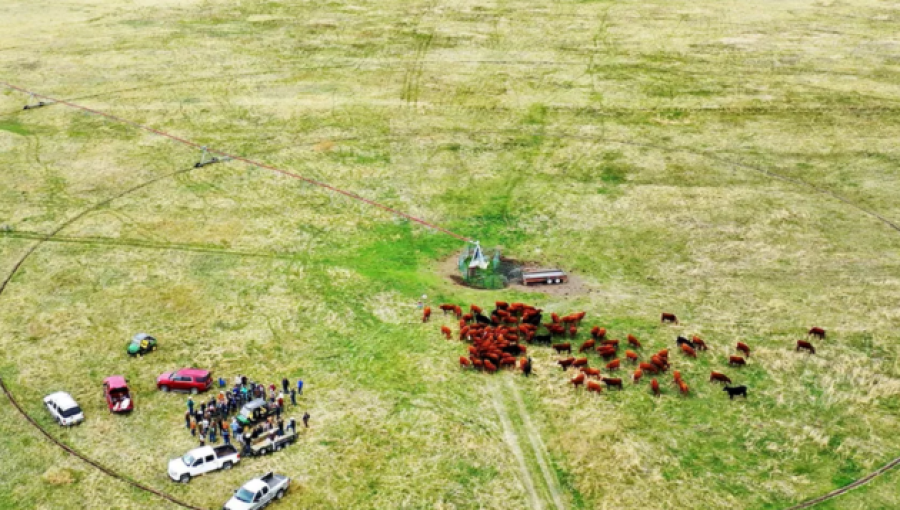

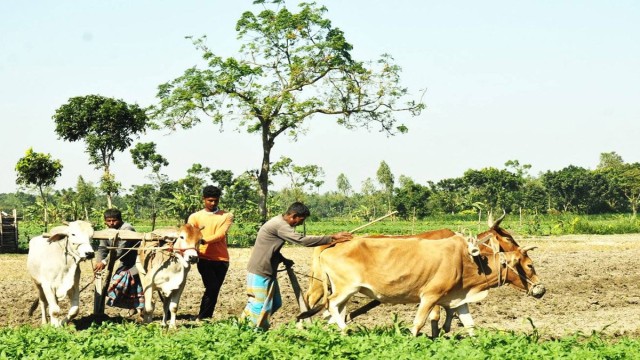
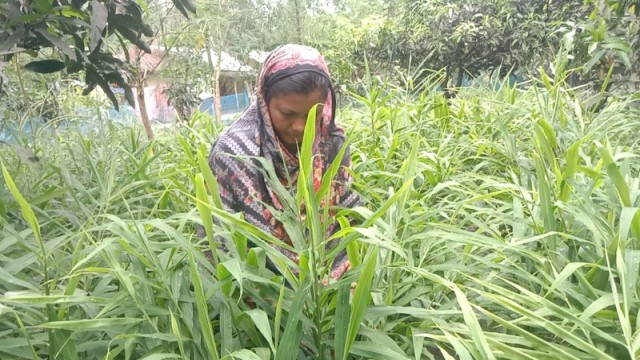
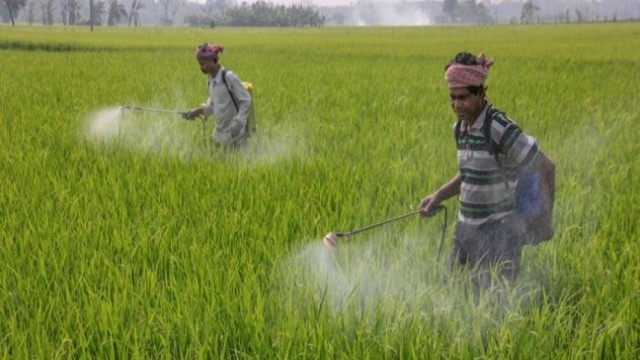

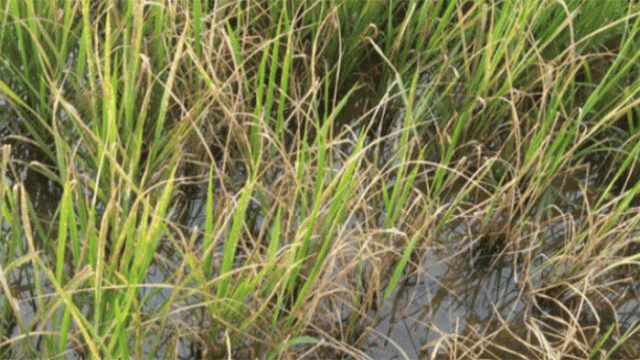




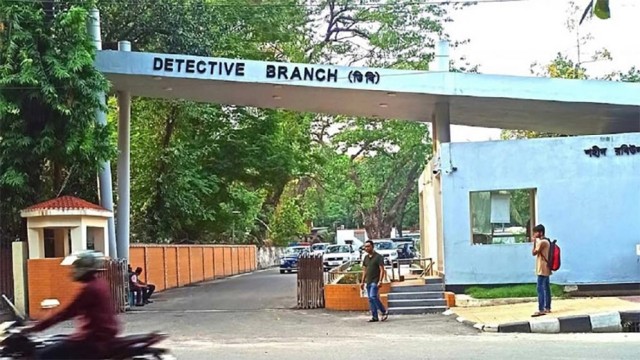




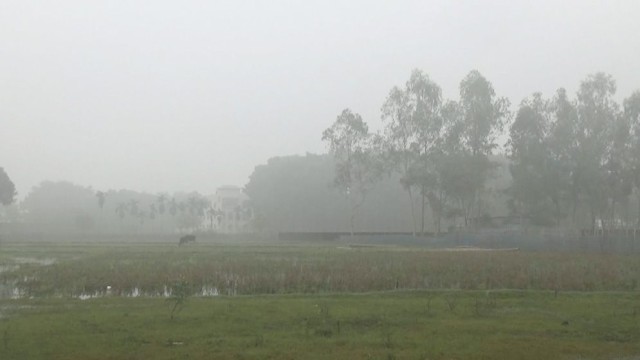











Comment: